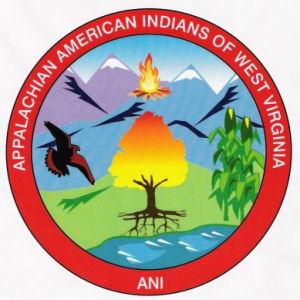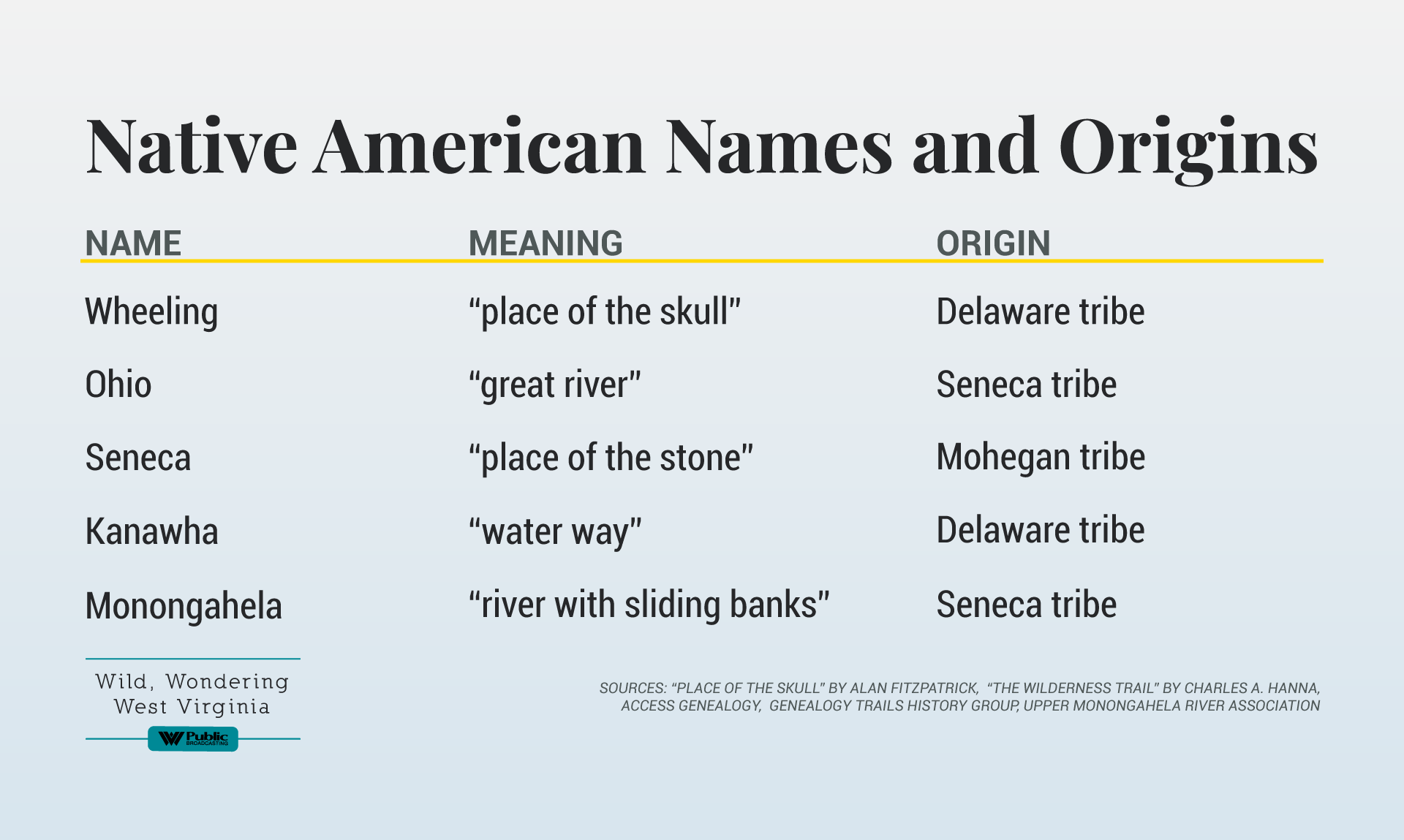Welcome to DU!
The truly grassroots left-of-center political community where regular people, not algorithms, drive the discussions and set the standards.
Join the community:
Create a free account
Support DU (and get rid of ads!):
Become a Star Member
Latest Breaking News
Editorials & Other Articles
General Discussion
The DU Lounge
All Forums
Issue Forums
Culture Forums
Alliance Forums
Region Forums
Support Forums
Help & Search
West Virginia
Related: About this forumExploring West Virginia's Native American History
Last edited Mon Oct 18, 2021, 12:48 PM - Edit history (1)

- WV Public Broadcasting, Feb. 7, 2019. (SEE: *MAP, 'Native American Land Claims in WV,' Link below).
Along the banks of the Ohio River and other waterways, there are several places where -- after a heavy rain -- Native American artifacts still crop up today. Despite these clues, archeologists and historians haven’t been able to paint a clear picture of the people who lived here before white settlers. Artifacts have led archeologists to believe people first came to the region about 14,000 years ago, hunting woolly mammoths and dodging sabertooth cats. There were also people here 2,500 years ago building mounds.
But most of what is known outside of that revolves around tribes that lived in the region around the late 1600’s -- tribes forced to relocate in the mid 1800’s. And there’s a lot of speculation about that, too.
- Tracing Tribal Territorial Footprint: One thing we can confirm: there was a Native American presence during that time. This may seem obvious, but Wayne Appleton with the Appalachian American Indian Association says it’s worth pointing out. “The official state position is that there were no indians here when the white settlers arrived. Nobody knows why, but they weren’t. And the fact is, that’s nonsense,” Appleton said. According to Wheeling Heritage museum coordinator Travis Henline, one tribe that had a particularly commanding presence along the Ohio River were the Shawnee.
“When we’re talking about late 17th and through the 18th century, this is Shawnee territory,” Henline explained. “The first Europeans to colonize this area were the French. They encountered what we call the Shawnee.” The Shawnee lived in the upper Ohio Valley and could be found as far south as the Kanawha River. They fought with a group of tribes from the northeast known as the Iroquois Nation. The Delaware tribe also lived here, but were pushed out of the Eastern Panhandle by the late 1700s. Seneca and Mohawk tribes lived in north-central West Virginia, near Morgantown.

- Chief Cornstalk: Shawnee leader, Pontiac's War, Shawnee Territory defender, buried Point Pleasant, WV.
https://en.wikipedia.org/wiki/Cornstalk
The early history of southern West Virginia is less understood. Many experts, like Travis Henline in Wheeling, say land there was connected to the Cherokee tribe, but only tangentially. “From the south bank of the Kanawha to the southern part of the state is ceded in the treaty of hard labor by the Cherokee. Did they control it? Not really. Were they there? Well, not really. They were willing to sell it.” Bonnie Brown, the head of Native American Studies at West Virginia University, speculates that there could have been a stronger connection.
- “From my understanding the Cherokee did not consider West Virginia homeland, but instead hunting land, & hunting land might mean they were there 6 months out of the year or more,” Brown said. -
What did they leave behind? So it's unclear which tribe of how many people, where, when, & for how long lived in WV, the Native American presence in the state lingers. Native American names can be found throughout Appalachia, like the Kanawha River, Seneca Rocks, Wheeling...
More, https://www.wvpublic.org/news/2019-02-07/wild-wondering-west-virginia-exploring-west-virginias-native-american-history
- Settled for centuries by Native American tribes before the arrival of the Europeans, the Cherokee were the dominant people of Appalachia when the colonial settlers began to enter their Appalachian homelands. It would be the subsequent rush of Scots-Irish, English, & German immigrants that would ultimately settle into this region as colonists within the North American British empire. (2013).
_________

- Image, WV Public Broadcasting.
_________
Also: https://statesymbolsusa.org/symbol-or-officially-designated-item/west-virginia/cultural-ethnic-organization-state-cultural
- Appalachian American Indians of West Virginia: Official State "Inter-Tribal Tribe" of West Virginia. The Appalachian American Indians of West Virginia (AAIWV) were designated as "an official intertribal tribe of the state of West Virginia" in 1996. All West Virginia Symbols & Icons
- SENATE RESOLUTION NO. 25: WHEREAS, American Indians were the original inhabitants of the lands that now comprise the United States of America and West Virginia; an WHEREAS, The people of West Virginia should be reminded of the assistance given to the early European visitors to North America by the ancestors of today's American Indians, including knowledge and training provided to the pilgrims in survival, hunting and cultivation and fertilization of indigenous crops; ...
4 replies
 = new reply since forum marked as read
Highlight:
NoneDon't highlight anything
5 newestHighlight 5 most recent replies
= new reply since forum marked as read
Highlight:
NoneDon't highlight anything
5 newestHighlight 5 most recent replies
Exploring West Virginia's Native American History (Original Post)
appalachiablue
Oct 2021
OP
Thanks for this. I went to the link and it's very informative. It's good to try
abqtommy
Oct 2021
#2
Bayard
(28,767 posts)1. More history
That's been forgotten or glossed over.
Thanks for posting.
abqtommy
(14,118 posts)2. Thanks for this. I went to the link and it's very informative. It's good to try
to fill in the blank areas of our knowledge.
gademocrat7
(11,818 posts)3. Thank you!
Very informative.
Mysterian
(6,191 posts)4. The few Shawnee who were not murdered by whites ended up in Oklahoma.
Quite a drastic difference from the rich forests of the Appalachians. Yet, they survived.